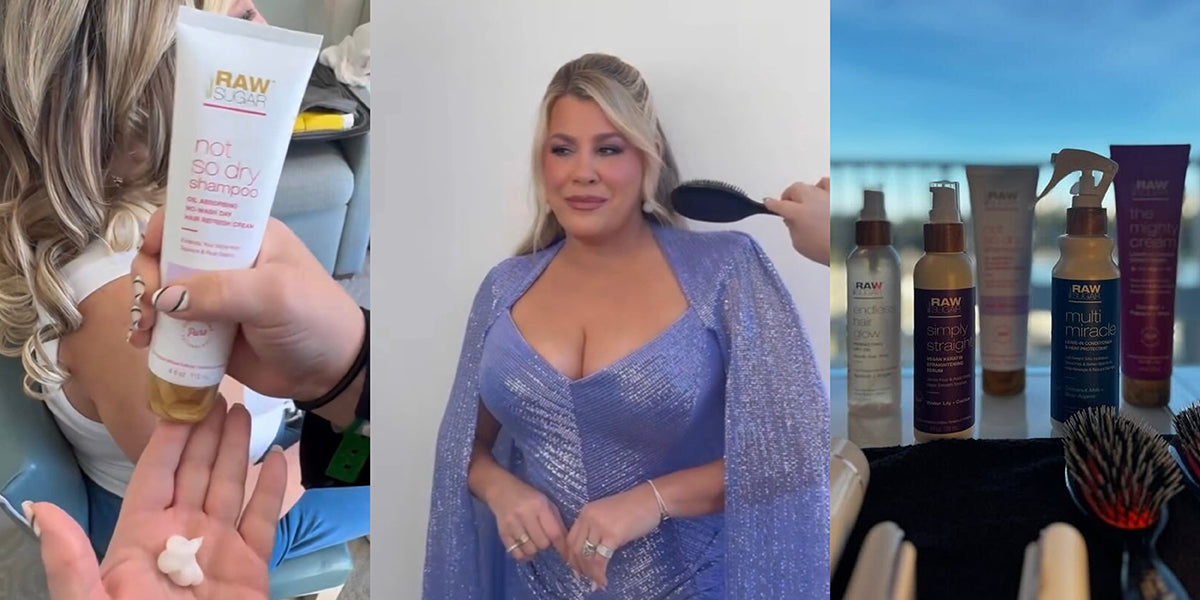Solutions. Not Resolutions
Think of January decisions not as resolutions but as solutions—or better yet, intentions for how we want to thrive in 2025. A resolution might be “I’m going to lose 10 pounds.” A solution says, “I’m going to cut processed food and follow a whole food diet and aim for 10,000 steps a day because it aligns with my health goals and I want to feel good in my body.” While resolutions focus on the what, solutions tackle the how.
Emotionally Aligned Goals.
Choose A Mantra.
Choose a word or short phrase as your mantra for the year. Think of it as your north star—a guiding principle that reminds you of your values and intentions or something you want to bring more of into your life — because we all know, what we focus on grows. What will your word for 2025 be? Write it down and post it up somewhere you see it everyday or even better, make that word your home screen image on your phone to keep it top of mind.
Know Your Why and Visualize.
The key to lasting change lies in understanding your why. Why do you want to lose 10 pounds? Is it to feel more energized, to keep up with your kids, to move easier or to boost your confidence? Your why becomes the foundation of your actions and keeps you grounded when motivation wanes. Then make a commitment to visualize your ideal self every morning before you wake up. While your eyes are closed, see how you look, how you feel, what you are doing when you are acting in accordance with your goals. Be specific. The more detail you can visualize, the more you can feel the emotional resonance with your best self.
Break Up The Year Into Monthly Mini-Goals.
12 months is a long time so break your goals into actionable, bite-sized steps. Instead of overhauling your entire lifestyle on January 1st, pace yourself by giving each month a theme such as January, Walk 12,000 steps a day. February, Start a gratitude journal. March, eat 30 grams of protein for breakfasts. April, revamp your self care routine. May, buy hand and ankle weights and do 10 minute mini workouts through the day. June, visit a new city you’ve never been to. July, learn a new work skill, etc. These smaller, well-defined goals are easier to track and celebrate, giving you a sense of accomplishment every step of the way and by the end of the year, you’ve added new skills, become a more interesting person and been able to experience growth that compounds.
Solutions That Stick
The beauty of solutions and intentions is their flexibility. If one strategy isn’t working, you can adapt without feeling like you’ve “failed.” Solutions evolve with you, allowing for growth and change. They’re not about perfection; they’re about progress.












